While do-it-yourself projects can be fun and fulfilling, there is always a potential for personal injury or property damage. We strongly suggest that any project beyond your abilities be left to licensed professionals such as electricians, plumbers, and carpenters. Any action you take upon the information on this website is strictly at your own risk, and we assume no responsibility or liability for the contents of this article.
Pool Safety: How to Stay Safe in the Summer
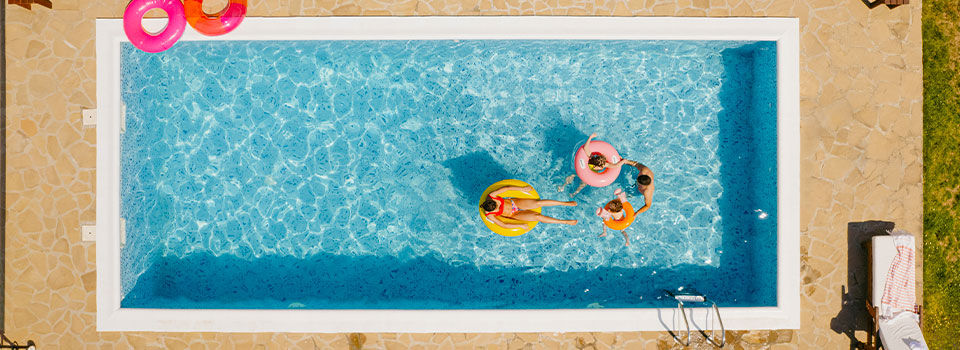
The backyard pool is a great place to cool off, hang out with friends, or admire the stars on a warm evening as you float. However, it also creates a number of specific safety risks for your family and strangers alike. Taking care to secure your pool not only protects your loved ones and pets but also keeps strangers from creating a liability hazard if they wander onto your property. Establish a safer pool area this summer by improving the security of the open water and your family’s skills to navigate the hazards.
Establish Swimming Rules
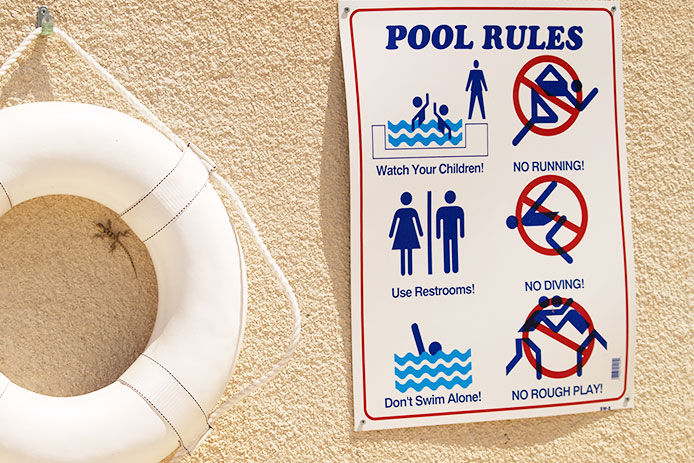
No child or teenager should be allowed to access the pool area, much less swim, without direct adult supervision. Knowing they’re in the water and checking in now and then is not enough. Drownings can occur when children are unsupervised for mere seconds, so checking in even every five minutes is far too dangerous. Ensure you have ways to monitor access when you’re not around and set up consequences for breaking the pool rules.
Follow Local Safety Codes

Fencing and child-proof secure gates are essential for protecting everyone from the open water of the pool. Even wild animals are less likely to end up in the pool if you choose a tall pool fence with small spacing between the bars. Check local codes and look to exceed those requirements to ensure safety and durability. Pool fences should be at least 5 feet tall and have openings no more than four inches apart to keep the smallest children and pets out. Gates should latch in such a way that animals or children can’t open them. They also should have locks or access codes so that adult strangers can’t enter the pool area, either.
Install Safety Equipment
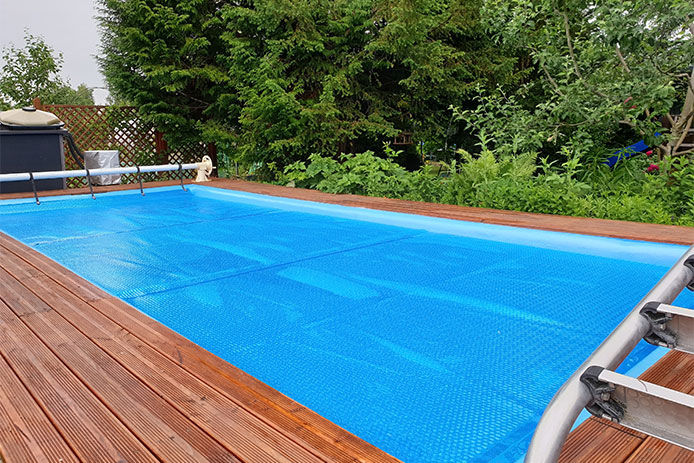
There are some secondary safety devices for the pool itself, but none are replacements for a reliable fence and gate. Still, installing a safety cover can save lives if the fence is breached. These covers must be stretched across the surface every time you’re not actively using the pool to provide risk reduction. Sensors on the gate and the water’s surface can set off alarms in the home to warn you someone or something has entered the pool. This could be life-saving, but only if you’re home to hear the alarms, so don’t count on these devices in place of other security measures.
Keep Life Preservers Nearby
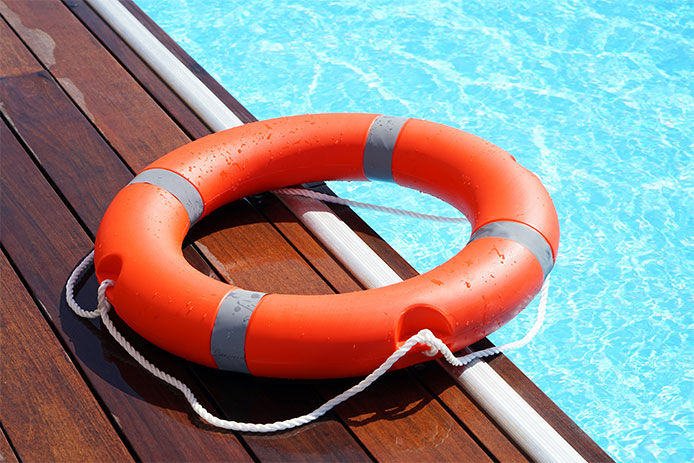
It’s difficult to save someone from drowning without stabilizing them before you get in the water. That’s where life preservers and life jackets come in. Weak swimmers should use life jackets and certified floats each time they enter the water, but just having them on hand also serves as flotation support in an emergency. Tossing a life preserver to a drowning person helps them rest and gather their energy as you enter the water carefully to retrieve them. If you’re entering in a hurry, you can still grab a preserver as you climb in to help support the struggling swimmer.
Get Swimming Lessons
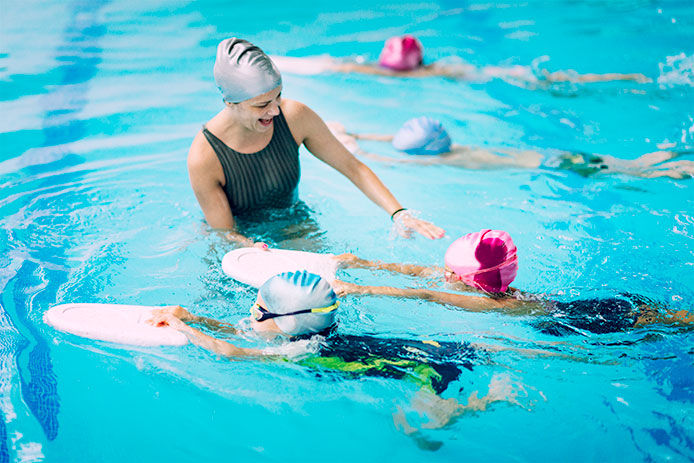
Every member of the family needs good swimming skills before you put in a pool. If you already have a pool, it’s not too late for swimming lessons. Even the youngest family members can start learning to float and paddle, which can be lifesaving skills if anyone ever falls in. People who can swim have a much better chance of getting out of the pool or staying afloat until help can arrive. Even adults that can stand up to full height in a smaller pool should brush up on swimming skills since it’s possible to drown in surprisingly shallow water.
Reduce Slip Hazards
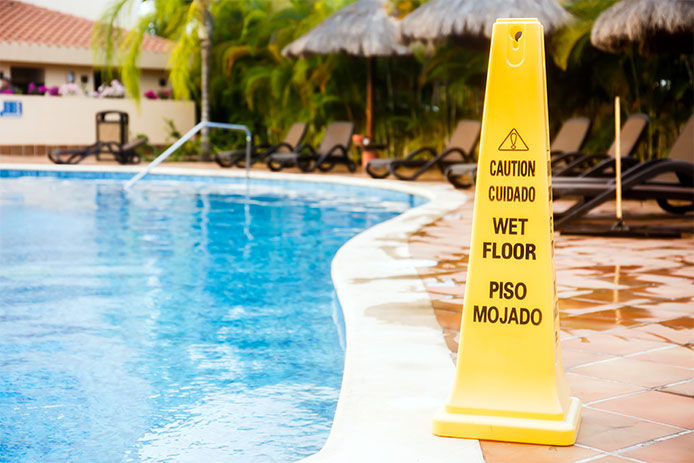
Some pool accidents may involve injuries sustained from slipping while moving around the pool. Concrete pool decks are particularly prone to causing scrapes or sprains, but wood decks and even the plastic sides of above-ground pool kits can still leave bruises. Make sure everyone knows not to ever run around the pool and consider non-slip texture strips or finishes for the deck surface. Minimize splashing as well to keep puddles from building up around the water’s edge.
Make pool safety equipment a part of the project’s budget from the start. If a metal safety fence or features like anti-slip surfaces make the pool too expensive to install, consider a different backyard amenity. These features make the pool a safe and fun place to relax, so they’re essential rather than optional.